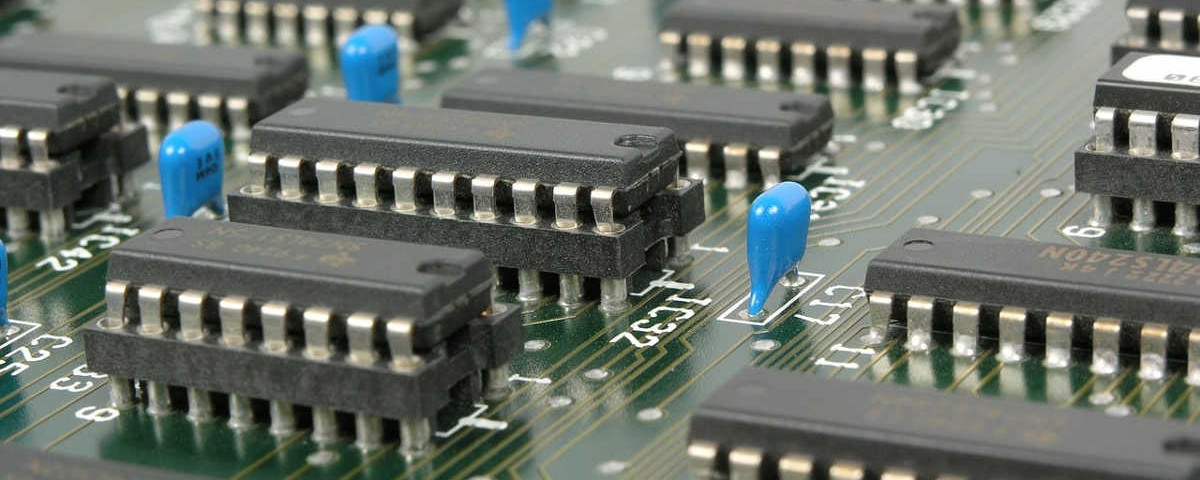Microprocessor (Subject Code: EX 551) is introduced in IOE Syllabus with the objective of familiarizing students with programming, hardware and application of microprocessor.
Read: Chapter wise notes, tutorials & solutions of Microprocessor in PDF files according to the syllabus.
- Introduction (4 hours)
- Introduction and History of Microprocessors
- Basic Block Diagram of a Computer
- Organization of Microprocessor Based System
- Bus Organization
- Stored program Concept and Von Neumann Machine
- Processing Cycle of a Stored Program Computer
- Microinstructions and Hardwired/Microprogrammed Control Unit
- Introduction to Register Transfer Language
- Programming with 8085 Microprocessor (10 hours)
- Internal Architecture and Features of 8085 microprocessor
- Instruction Format and Data Format
- Addressing Modes of 8085
- Intel 8085 Instruction Set
- Various Programs in 8085
- Simple Programs with Arithmetic and Logical Operations
- Conditions and Loops
- Array and Table Processing
- Decimal BCD Conversion
- Multiplication and Division
- Programming with 8086 Microprocessor (12 hours)
- Internal Architecture and Features of 8086 Microprocessor
- BIU and Components
- EU and Components
- EU and BIU Operations
- Segment and Offset Address
- Addressing Modes of 8086
- Assembly Language Programming
- High Level versus Low Level Programming
- Assembly Language Syntax
- Comments
- Reserved words
- Identifiers
- Statements
- Directives
- Operators
- Instructions
- EXE and COM programs
- Assembling, Linking and Executing
- One Pass and Two Pass Assemblers
- Keyboard and Video Services
- Various Programs in 8086
- Simple Programs for Arithmetic, Logical, String Input/Output
- Conditions and Loops
- Array and String Processing
- Read and Display ASCII and Decimal Numbers
- Displaying Numbers in Binary and Hexadecimal Formats
- Internal Architecture and Features of 8086 Microprocessor
- Microprocessor System (10 hours)
- Pin Configuration of 8085 and 8086 Microprocessors
- Bus Structure
- Synchronous Bus
- Asynchronous Bus
- Read and Write Bus Timing of 8085 and 8086 Microprocessors
- Memory Device Classification and Hierarchy
- Interfacing I/O and Memory
- Address Decoding
- Unique and Non Unique Address Decoding
- I/O Mapped I/O and Memory Mapped I/O
- Serial and Parallel Interfaces
- I/O Address Decoding with NAND and Block Decoders (8085, 8086)
- Memory Address Decoding with NAND, Block and PROM Decoders (8085, 8086)
- Parallel Interface
- Modes: Simple, Wait, Single Handshaking and Double Handshaking
- Introduction to Programmable Peripheral Interface (PPI)
- Serial Interface
- Synchronous and Asynchronous Transmission
- Serial Interface Standards: RS232, RS423, RS422, USB
- Introduction to USART
- Introduction to Direct Memory Access (DMA) and DMA Controllers
- Interrupt Operations (5 hours)
- Polling versus Interrupt
- Interrupt Processing Sequence
- Interrupt Service Routine
- Interrupt Processing in 8085
- Interrupt Pins and Priorities
- Using Programmable Interrupt Controllers (PIC)
- Interrupt Instructions
- Interrupt Processing in 8086
- Interrupt Pins
- Interrupt Vector Table and its Organization
- Software and Hardware Interrupts
- Interrupt Priorities
- Advanced Topics (4 hours)
- Multiprocessing Systems
- Real and Pseudo‐Parallelism
- Flynn’s Classification
- Instruction Level, Thread Level and Process Level Parallelism
- Interprocess Communication, Resource Allocation and Deadlock
- Features of Typical Operating System
- Different Microprocessor Architectures
- Register Based and Accumulator Based Architecture
- RISC and CISC Architectures
- Digital Signal Processors
- Multiprocessing Systems
Practical:
There will be about 12 lab exercises to program 8085 and 8086
microprocessors.
References:
- Ramesh S. Gaonkar, “Microprocessor Architecture, Programming and Application with 8085”, 5th Edition 2002, Prentice Hall
- Peter Abel, “IBM PC Assembly Language and Programming”, 5th Edition 2001, Pearson Education Inc.
- D. V. Hall, “Microprocessor and Interfacing, Programming and Hardware”, 2nd Edition 1999, Tata McGraw Hill
- John Uffenbeck, “Microcomputers and Microprocessors, The 8080, 8085 and Z‐80 Programming, Interfacing and Troubleshooting” 3rd Edition 1999, Prentice Hall
- Walter A. Triebel and Avtar Singh, “The 8088 and 8086 Microprocessors, Programming, Interfacing, Software, Hardware and Applications”, 4th Edition 2003, Prentice Hall
- William Stalling, “Computer Organization and Architecture”, 8th Edition 2009, Prentice Hall
Evaluation Scheme:
The questions will cover all the chapters of the syllabus. The evaluation scheme
will be as indicated in the table below:
Chapters Hours Marks distribution*
1 4 8
2 10 16
3 12 16
4 10 16
5 5 8
6 4 8
1,2,3,4,5,6 ‐ 8
Total 45 80
*There could be a minor deviation in Marks distribution



1 Comment
[…] listing, syllabus along with marking scheme & recommended books by IOE can be accessed from IOE BE Syllabus of Microprocessor […]